Cubism: An overview
Today we take a helicopter view of the development of Cubism, as a precursor to looking at some particular examples of Cubist artists.
In Cubism, the artist used geometric shapes incorporated into abstract designs resulting in paintings that appear fragmented & abstracted. It is considered to be one of the most influential art movements of the C20th.
Here are a couple of examples from Georges Braque and Pablo Picasso, who are famous exponents of the art:
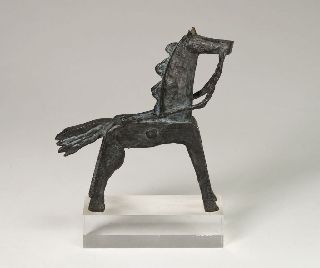
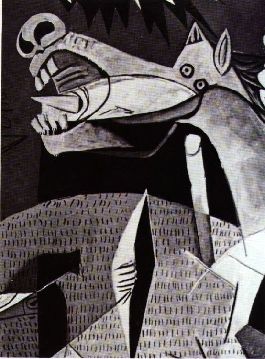
Proto-Cubism (Early Cubism) was a transition phase where the artists began experimenting with geometrization of form and reduced the colours in their palette as a reaction to Fauvism which followed post-impressionism.
Here is Picasso's Les Demoiselles d'Avignon, (1907), considered to be an example of this stage in his development. It demonstrates the reduced palette.
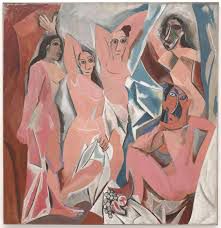
Born in 1882, Georges Braque was a French painter who initially worked as an Impressionist, but was very influenced by the colour techniques of Cezanne. He then progressed to Fauvism. From 1909 - 1914, he spent the majority of his career working with Pablo Picasso, and together they developed the style known as Cubism.
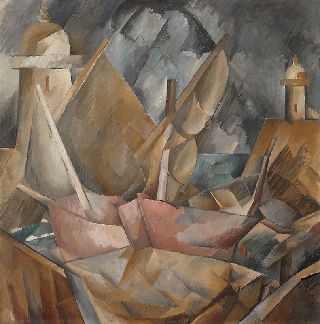
Other French painters whose work is well known in the Cubist style are Jean Metzinger (1883 - 1956), and Albert Gleizes (1881 - 1953), both of whom were contemporaries of Braque and Picasso.
Here are a couple of examples of their work:
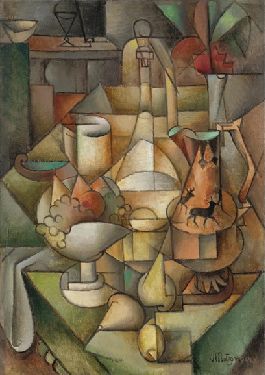
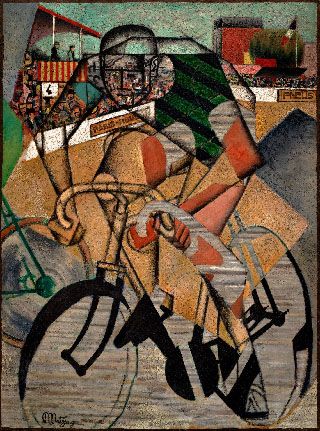
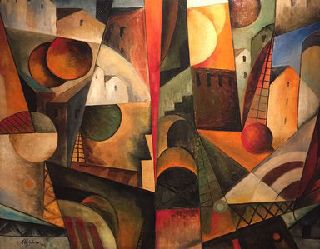
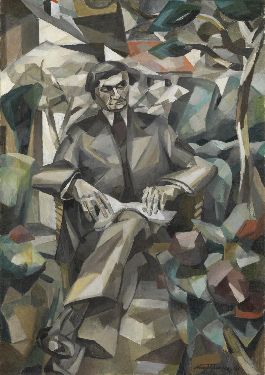
Gleizes' influence extended to Germany to the Bauhaus, the most influential modernist art school of the C20th. Teaching here were the likes of the Expressionists Paul Klee & Wassily Kandinsky, artists we have also covered in the Blog.
Significantly, Gleizes spent four crucial years in New York, and played an important role in making America aware of modern art. The closest movement to American Cubism was apparently Precisionism which was called by some Cubist-Realism.
We have referred to the work of Donald Bartlett Doe Cubism in America Sheldon Memorial Art Gallery 1985, to gain a better understanding of this subject. Doe speaks of the works of Charles Sheeler (1883 - 1965) as seen here in Ballardvale and Stacks in Celebration.
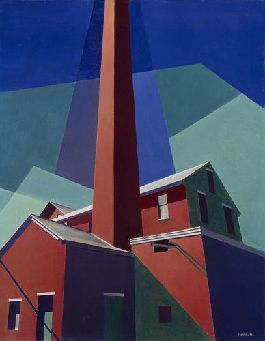
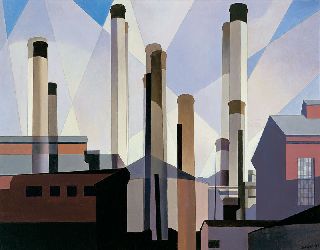
Charles Demuth (1883 - 1935) is another American "Precisionist' who created beautiful cubist watercolours. He spent time in Paris studying his craft and no doubt encountered the French masters of the style whilst he was there.
From all accounts, Precisionism was the first indigenous modern art movement, emerging after WWI and lasting until the early 1930s. As Doe said: "In these paintings, the inherent geometry of colonial architecture or railyards and factories, or steamships and locomotives, were pared of detail and awarded a shimmering kind of clarity in sunlight often given the geometric character of Cubist planes".
Here are two of Demuth's works, Sail in Two Movements and the rather enigmatically titled My Egypt.
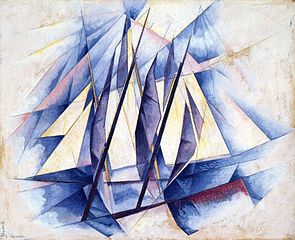
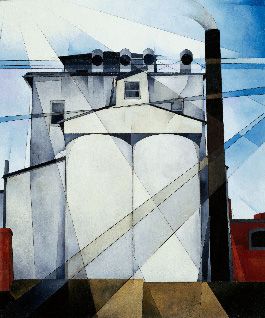
We have given you enough to think about today. We have just remembered the work of Max Weber and Mr Doe has introduced us to the work of Ralston Crawford another artist worthy of our consideration. We will look at their works another day.
In terms of Picasso, Guernica (1937) was his most famous work done in the Cubism style. It's so complicated we have chosen to deal with it separately click here.
And we can hear many of our Australian readers asking Did Cubism play a part in the development of Australian art? All will be revealed!
